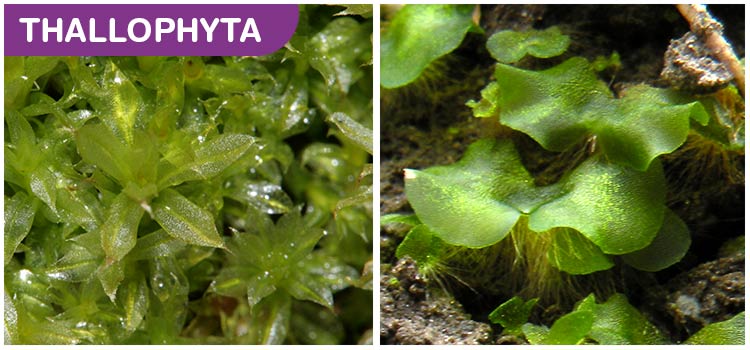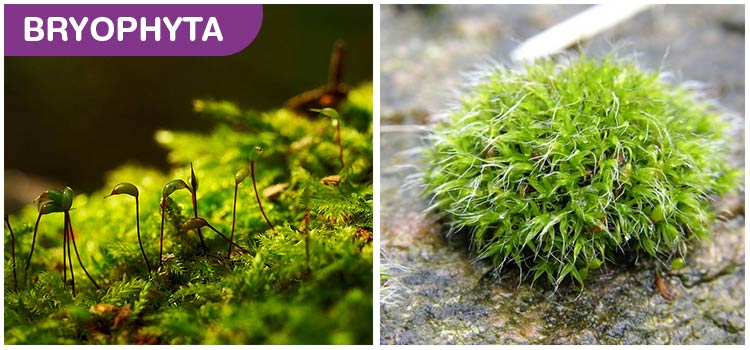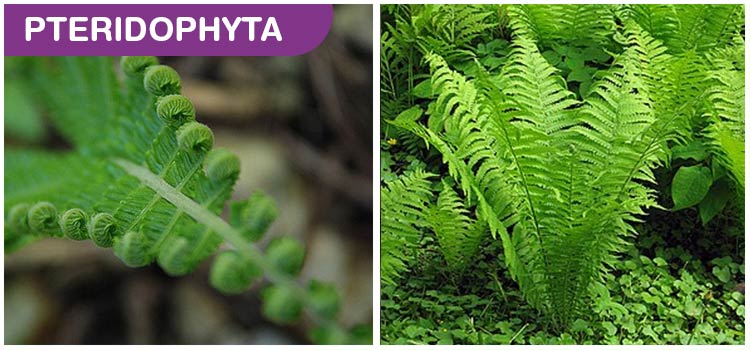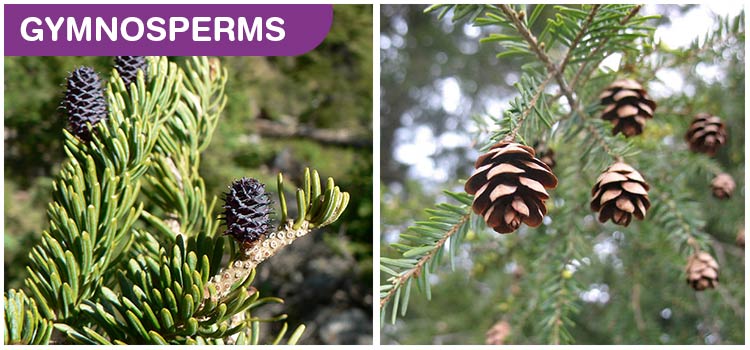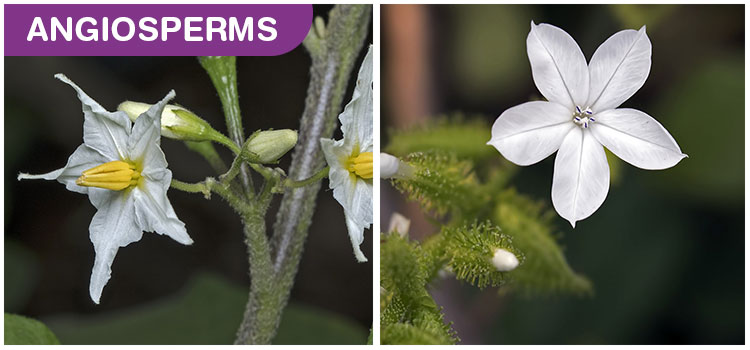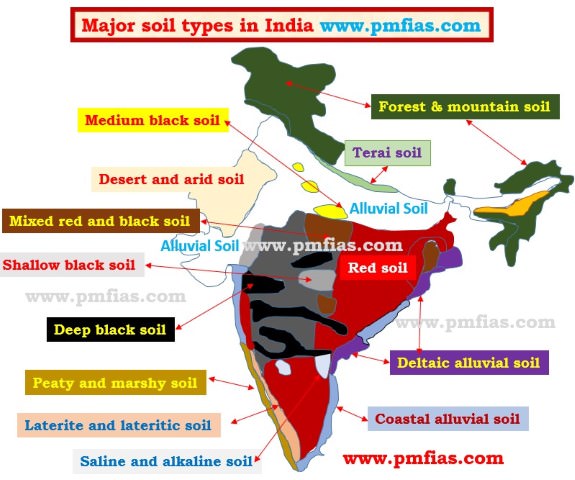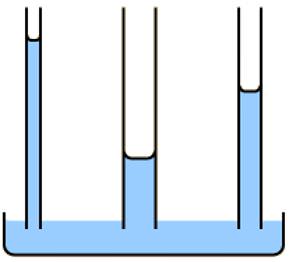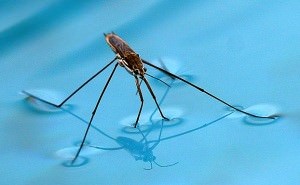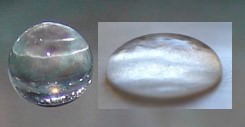Human Eye
Human Eye and the Colourful World
Human Eye
It is one of the sensitive sense organs present in living organisms. It acts like a Camera.
The image is formed on light sensitive screen known as Retina.
Thin membrane through which light enters the eye is known as Cornea.
The eyeball is spherical in shape.
Presence of the crystalline lens helps in adjusting objects at different distances on the retina.
The dark muscular structure that controls the size of the pupil is known as Iris. Thus, pupil regulates the amount of light entering the eye.
Real, inverted image is formed on the retina. Retina contain light sensitive cells known as Rods and Cons. The light sensitive cells send signals to the brain via optic nerve.
Power of Accommodation
Focal lens of the eye lens can be decreased or increased. The lens become thin when the muscles are relaxed. This increases the focal length. This helps to see the distant objects. Similarly, when the eye lens become thick, focal length decreases and we are able to see nearby objects.
So, power of accommodation is defined as ability of the lens to adjust the focal length.
The minimum distance at which the particular object can be seen clearly is known as least distance of distinct vision. This is also called Near Point of the Eye. For young individuals, near point is about 25 cm. The farthest point to which an object can be seen is known as Far Point of the Eye. This is about 25 cm to infinity.
In old age people, the lens becomes milky and cloudy, this is known as Cataract. This can leads to complete or partial loss of vision.
Defects of the Vision and their Correction
The three common defects of vision are as follows
Myopia (also known as Near Sightedness). In this case, distant objects cannot be seen clearly but nearby objects are clearly visible. Image is not formed on the retina, instead it is formed in front of the retina. Using concave lens of suitable power can be used to correct this defect.
Correction of Myopia
Hypermetropia also known as Far-sightedness. Nearby objects are not seen clearly whereas distant objects can be seen clearly. Image is formed behind the retina instead on the retina. Convex lens of appropriate power can be used to correct this defect.
Correction of Hypermetropia
Presbyopia is defined as the one in which power of accommodation decreases with ageing. They have difficulty in near vision. Ciliary muscles get weakened and the flexibility of the eye lens gets diminished. Generally, bifocal lens are used for correcting the defects.
Dispersion of White Light by Glass Prism
When light falls on the prism it splits the incident light into band of colours. The sequence of colours observed are VIBGYOR (Violet, Indigo, Blue, Green, Yellow, Orange and Red). This band of colour is known as Spectrum. So, this splitting of incident light into different colours is known as Dispersion. This splitting is due to bending of light rays at different angles. Violet light bends most whereas red light bends least. The phenomenon of rainbow is also due to dispersion of light.
Dispersion of White Light through Prism
The band of these seven colours formed because of dispersion of light is known as Spectrum.
Total Internal Reflection
When a light passes from denser to rarer medium and angle of incidence is greater than critical angle, the light will reflect in the denser medium. This is known as Total Internal Reflection.
Condition for Total Internal Reflection
Light should pass from denser to rarer medium
Angle of incidence should be greater than the critical angle.
Critical angle is defined as angle of incidence for which angle of refraction is 90 degrees
Atmospheric Refraction
Twinkling of Stars
When star light enters the atmosphere, it undergoes refraction. Due to this refractive index changes as the light bends towards the normal. The apparent position of the stars appears slightly different from the actual position. Since the physical conditions of the earth’s atmosphere are not stationary, the apparent positions of stars keep on changing. That is why they appear to twinkle.
Advance Sunlight and Delayed Sunset
The sun is visible 2 minutes before the actual sunrise or sunset appears 2 minutes after the actual sunset has taken place is due to atmospheric refraction.
Tyndall Effect
When beam of light strikes tiny water droplets, suspended particles of dust etc.(called as Colloidal Particles), the path of the beam becomes visible. This is known as Tyndall Effect. The colour of scattered light depends upon the size of colloidal particles. Very fine particles scatter mainly blue light while particles of larger size scatter light of longer wavelengths.
Why sky appears blue in colour?
The colour of the sky appears blue due to scattering of light. When the sunlight passes through the atmosphere, fine particles in air will scatter the blue colour more strongly than red.
Why sky appears red in colour during sunrise and sunset?
Reddening of Sun at rise and set
Sunrise
Sunset
During sunrise and sunset, light from the Sun near the horizon passes through thicker layers of air and larger distance in the earth’s atmosphere before reaching our eyes. Light from the Sun overhead would travel relatively shorter distance, resulting in white appearance of sun. Near the horizon, most of the blue light and shorter wavelengths are scattered away by the particles. Therefore, the light that reaches our eyes is of longer wavelengths, hence the reddish appearance.
By Krishanpal Yadav
Follow
krishanagsgk.blogspot.com
